Review round-up: baritone guitars
Four of the best baritone electrics from PRS, Gretsch, Danelectro and Chapman

Goin' lower...
As anyone who has ever down-tuned a guitar will tell you, there’s fun to be had by going low.
Down-tuning a regular guitar isn’t always ideal, though. Aside from your low strings flapping around in the wind, short-scale guitars simply aren’t built structurally with that kind of action in mind. There is, however, an alternative.
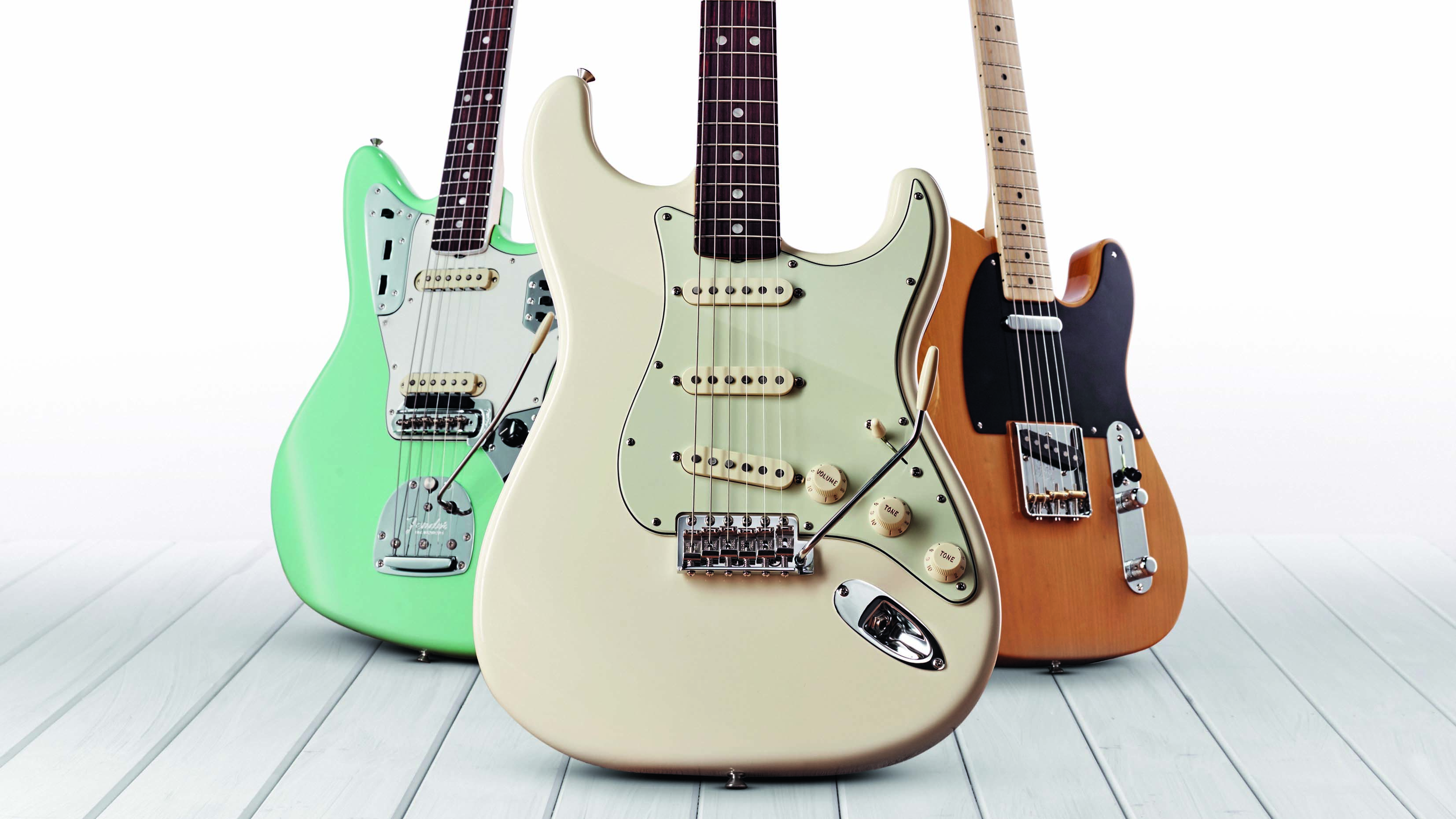
The 23 best electric guitars: our pick of the best guitars for beginners and experts
This round-up focuses on the under-rated joys of electric baritones. These guitars bridge the gap between guitar and bass, usually coming in four or five tuning steps lower. Crucially, all those chord shapes, scales and licks that you’ve learned can be played using exactly the same patterns, only now they deliver a much deeper and a more rounded sound.
Baritone guitars work across a range of genres, from Ennio Morricone westerns to modern day metal. The PRS SE 277 we’re testing here will cover most areas tonally while retaining that achingly cool, high-end vibe of its cousins.
The Gretsch Electromatic G5265 features the same mini ’buckers and Bigsby-licenced trem as its more familiar stablemates, and we’ve room for a newcomer in the Chapman ML1 Modern Baritone, which builds on the burgeoning Chapman reputation.
Finally, rounding off the list, we have a piece of glorious baritonal atavism in the Danelectro Vintage ’56.
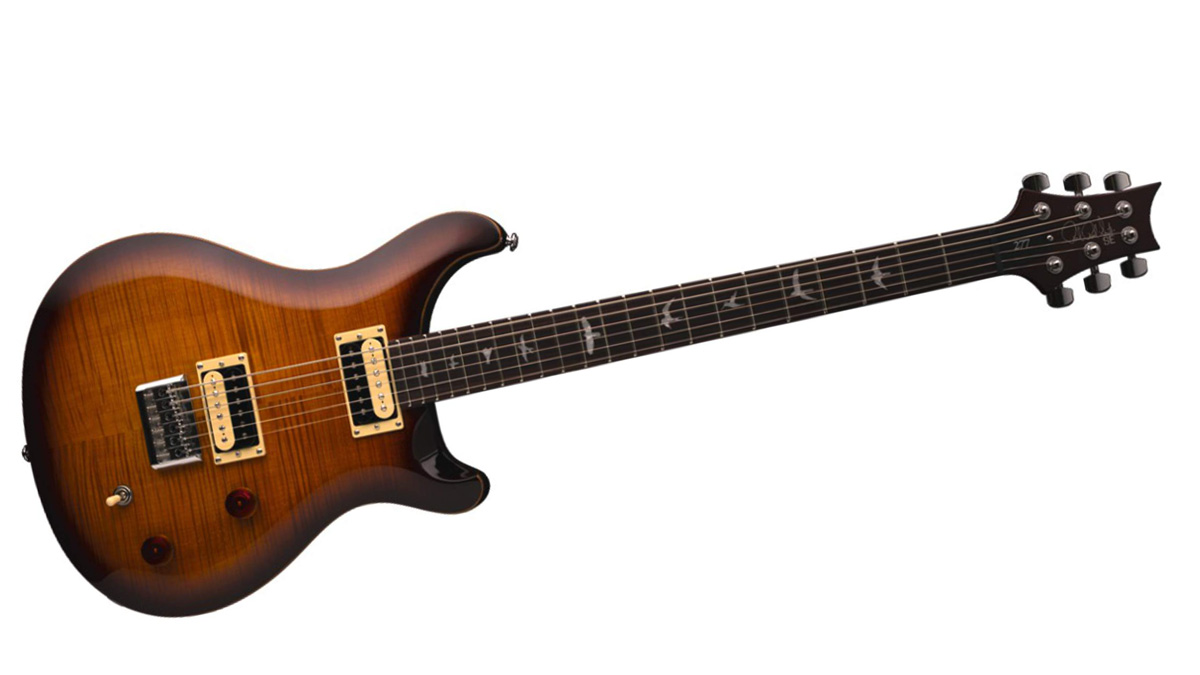
PRS SE 277 Baritone
This looks a lot like every other PRS SE...
Yes, that’s absolutely true but there is one crucial difference: scale. The neck on this beast runs to a whopping 703mm (27.7") - that’s nearly 76 mm (3") longer than the Standard model. This is to accommodate the heavier strings that give a baritone its traditional low-end purr.
Any other differences?
Truthfully, not really. But we can take that as a positive. We certainly know from previous tests that the SE range is already home to some great guitars, and the 277 is definitely at home in that company. The two humbuckers are incredibly versatile, and they allow you to thicken your sound up without sacrificing too much from the mid-range. The hardware is rock-solid, and the finish is as good as we’ve come to expect from the SE range.
It’s lacking a bit of fun though, surely?
Well, compared to some of the other guitars on test here, sure. You could say it’s playing it safe, but, if it’s quality and consistency you’re after, this has those in spades. It’ll do whatever you want, and do it well.
At a glance
Key features: Mahogany body with maple top, maple neck, 703mm (27.7") scale, 22 frets, Rosewood fingerboard, 2 x 85/15 ‘S’ pickups, 1 x volume, 1 x push-pull tone control
Finish: Tobacco Sunburst (shown), Scarlet Red
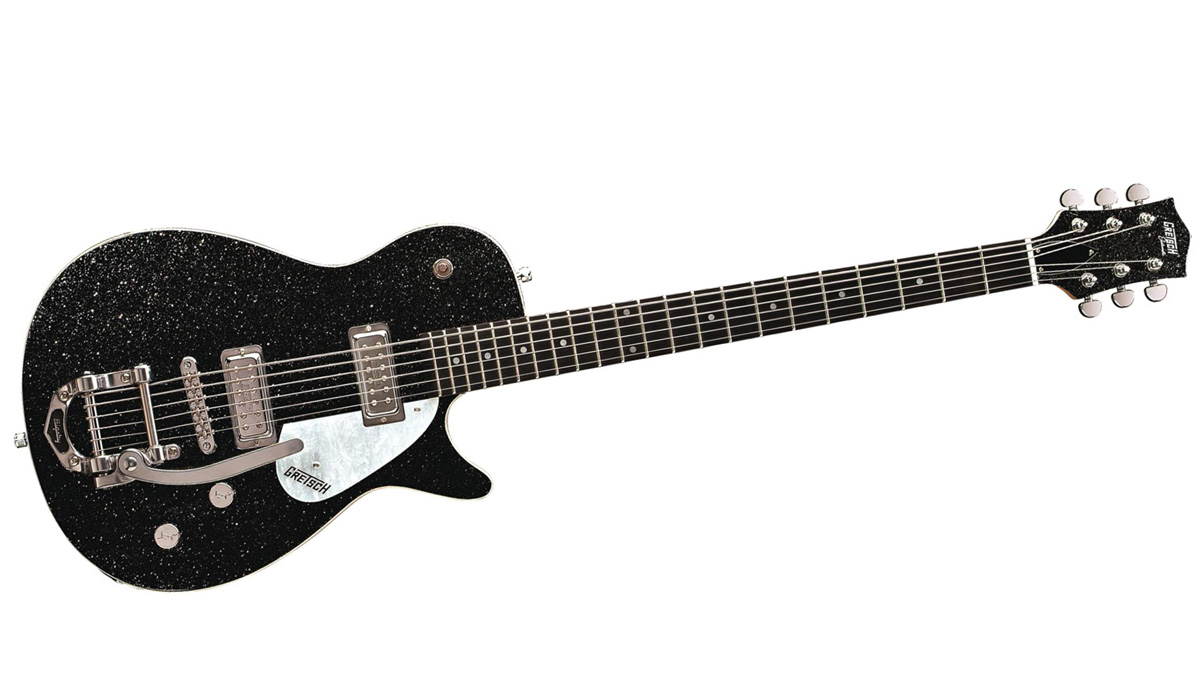
Gretsch G5265 Electromatic Jet Baritone
That’s a lot of chrome…
It certainly is and it’s even shinier in person. The finish - black sparkle - also lives up to its name. Safe to say, if you’re looking for something conservative or low-key then you’re looking in the wrong place...
Is a vibrato a normal thing to find on a baritone?
Not really, but then that just adds to the G5265’s unique charm. If you’ve ever tried tuning anywhere south of B on a regular guitar, you’ll know it can sacrifice intonation around the middle of the neck, so anything that further messes with your tuning is frowned on. But here, the extra rigidity and strength provided by the 755mm (29.75") scale neck negates that, leaving you free to wobble away to your heart’s content.
The body is listed rather vaguely as ‘laminated hardwood’. What’s that?
The extra tension provided by the combination of heavier strings and longer neck means extra sturdiness is required to keep everything rigid. Laminated woods do just that, and crucially, doesn’t have the negative impact on tone we were expecting.
At a glance
Key features: Laminated hardwood body, maple neck, Rosewood fingerboard, dual mini-humbucking pickups, 755mm (29.75") scale, bolt-on maple neck, three-position pickup switch, Adjusto-Matic bridge, die-cast tuners and Bigsby vibrato tailpiece
Finish: Black Sparkle
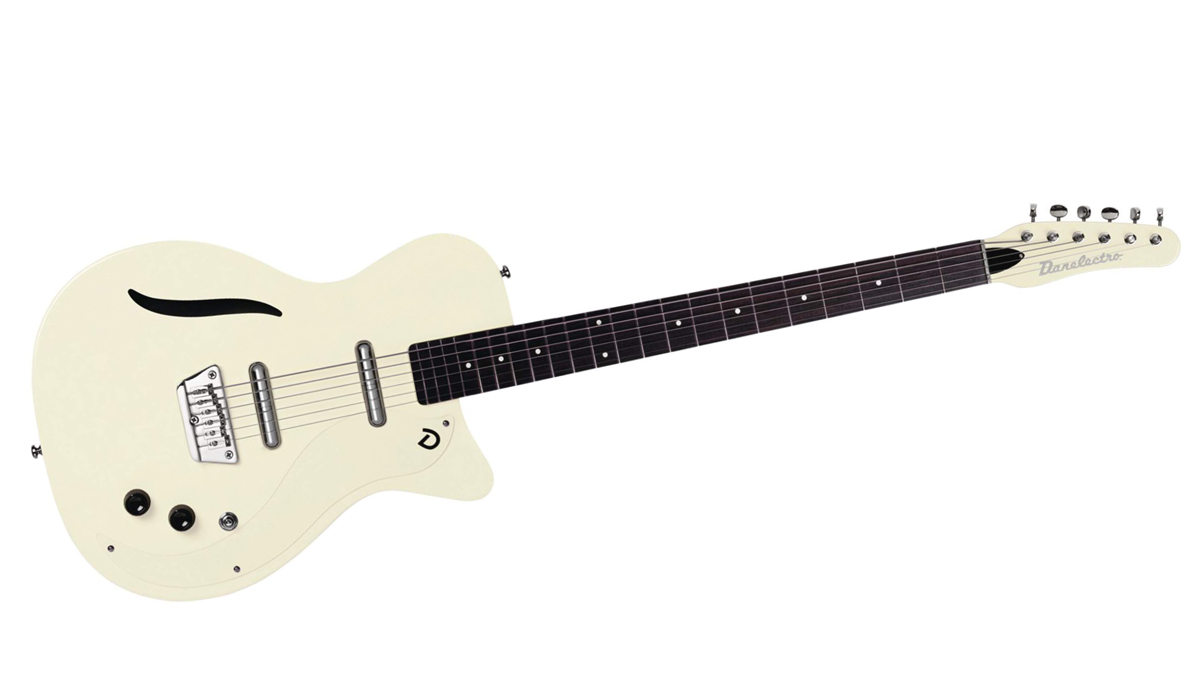
Danelectro ’56 Baritone
Can those lipstick pickups cope with the extra low-end?
They can... to a point. Let’s be honest, this isn’t going to be the guitar your average death metal band crafts its riffs on, so the need for surgically tight, high-output pickups is not applicable. But don’t be fooled; the combination of the iconic lipstick pickups and the semi-acoustic body means it can certainly make a superb racket if you push it.
So where have the savings been made?
At this price point, you’re not expecting high-end components. Indeed, the bridge appears to rest against the body courtesy of two screws, and the overall finish is not what you’d call elite-level. But for some reason, none of this matters. We’re not after PRS-esque precision and engineering excellence. This Dano is meant to be quirky and fun.
Vintage by name, vintage by nature?
Exactly. In fact, it’s generally accepted that Danelectro produced the first of what we now know as baritone guitars, and here we have its modern-day homage. Fans of genres like surf rock, hillbilly and country will be in their element.
At a glance
Key features: Single-cut body shape, ‘Dolphin’ headstock, 755mm (29.75") scale, 24 frets, adjustable bridge, 2 high output Lipstick pickups, master volume and tone, 3 way pickup selector
Finish: Vintage White (shown), Metallic Red, Gloss Black, Dark Aqua
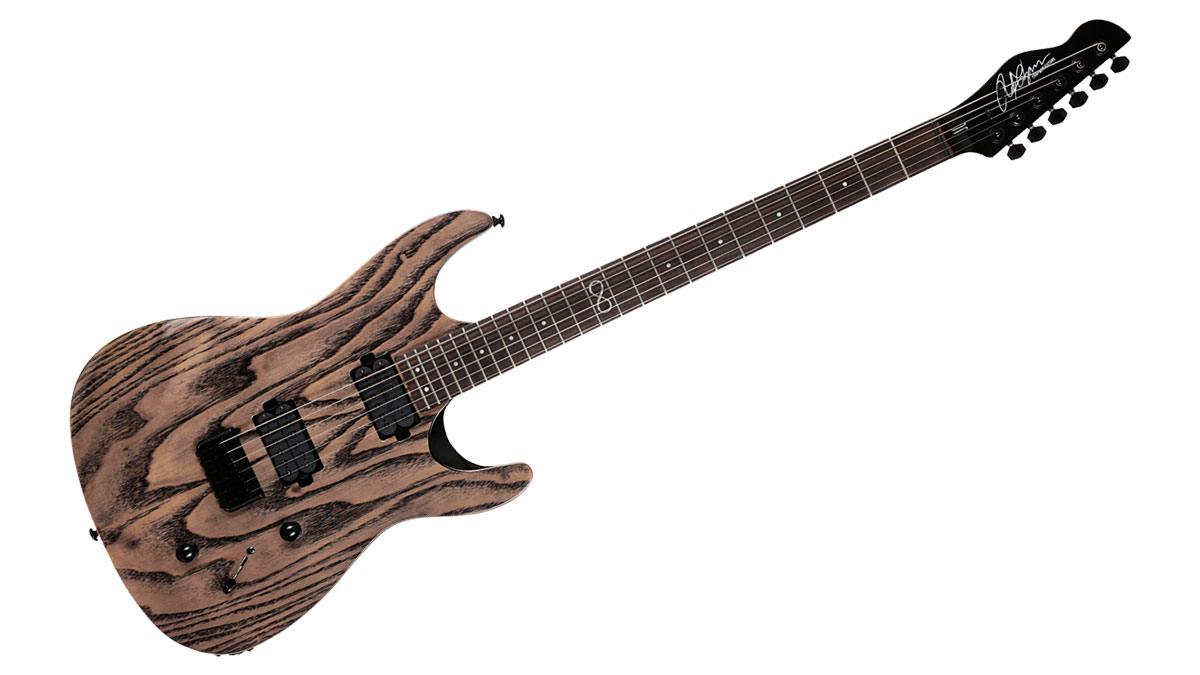
Chapman ML1 Modern Baritone
Chapman Guitars is building a nice reputation...
For a relative newcomer, this UK brand is fast getting a name for itself and the ML1 here is a great example of why. For a shade under £450 you get a very well-made, nicely thought-out instrument with superb attention to detail. Small things like the binding on the body, the rounded heel joint and locking tuners all add up to a guitar that is above what you’d expect for that level of spend.
Looks like it’s best suited to heavier styles?
Yep, although it’s not a one-trick pony by any means. Clearly, djent-style riffers are going to benefit from the high output humbuckers, and the guitar has an overall heft to it, thanks to the alder body and ash top. But it’s far more versatile than it may first appear, largely down to the coil-splittable pickups, which offer an extra dimension tonally.
The finish looks great...
Yes, and the good news is that it’s even better up close. Ash, as we know, has very attractive graining anyway and the graphite finish on review here really wouldn’t look out of place on a much more expensive instrument.
At a glance
Key features: Alder body with ash veneer, 28" scale, Maple neck with ebony fretboard, 711mm (24") scale, 24 frets, locking tuners, Graph Tech nut, Chapman Sonorous Zero Baritone humbuckers, three-way blade switch, master volume and tone with coil split
Finish: Gloss graphite
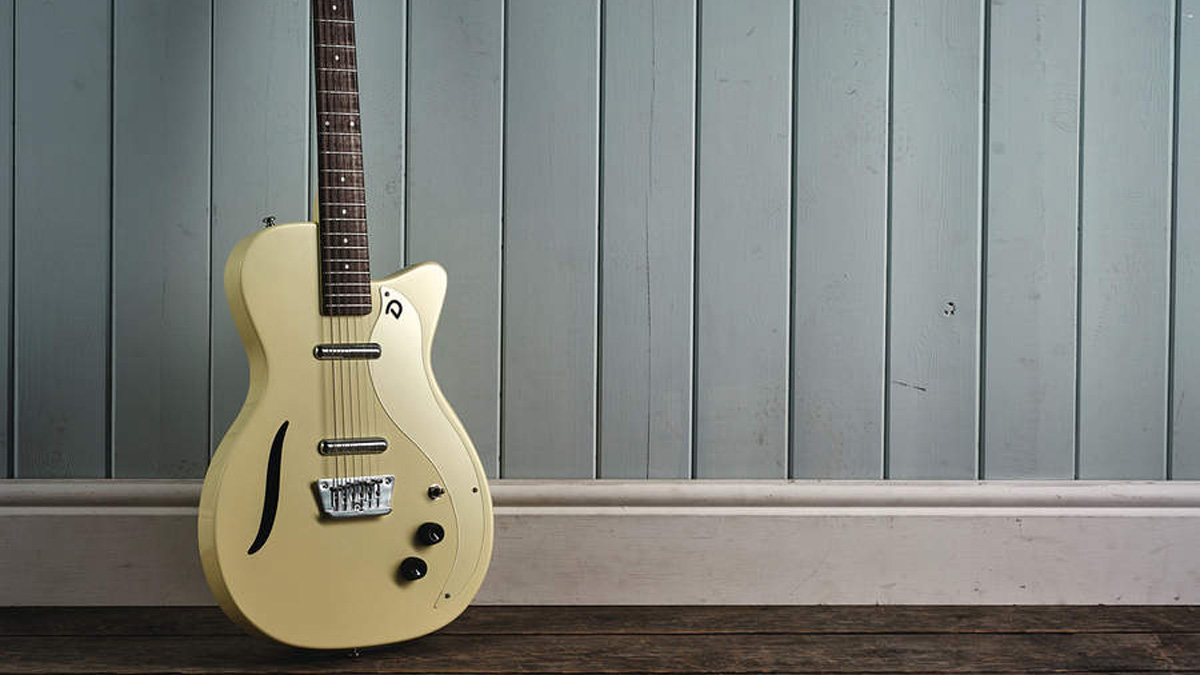
Head to head
Lined up on a rack next to each other, you’re reminded of how diverse the guitar world can be.
On the one hand you have the classy, well-appointed stylings of the PRS SE and the Chapman, all high-quality hardware and professional sheen. At the other end sits the rather more rag-tag Danelectro, the odd uncle you only see at Christmas, and the glamorous Gretsch. It’s like two of them walked into the wrong party.
It’s not only visually that these guitars are at opposite ends of the spectrum. Where the Chapman and PRS have the necessary tools to make the most of the added low-end frequencies on offer, the Danelectro and Gretsch both struggle for clarity when employing any sort of gain.
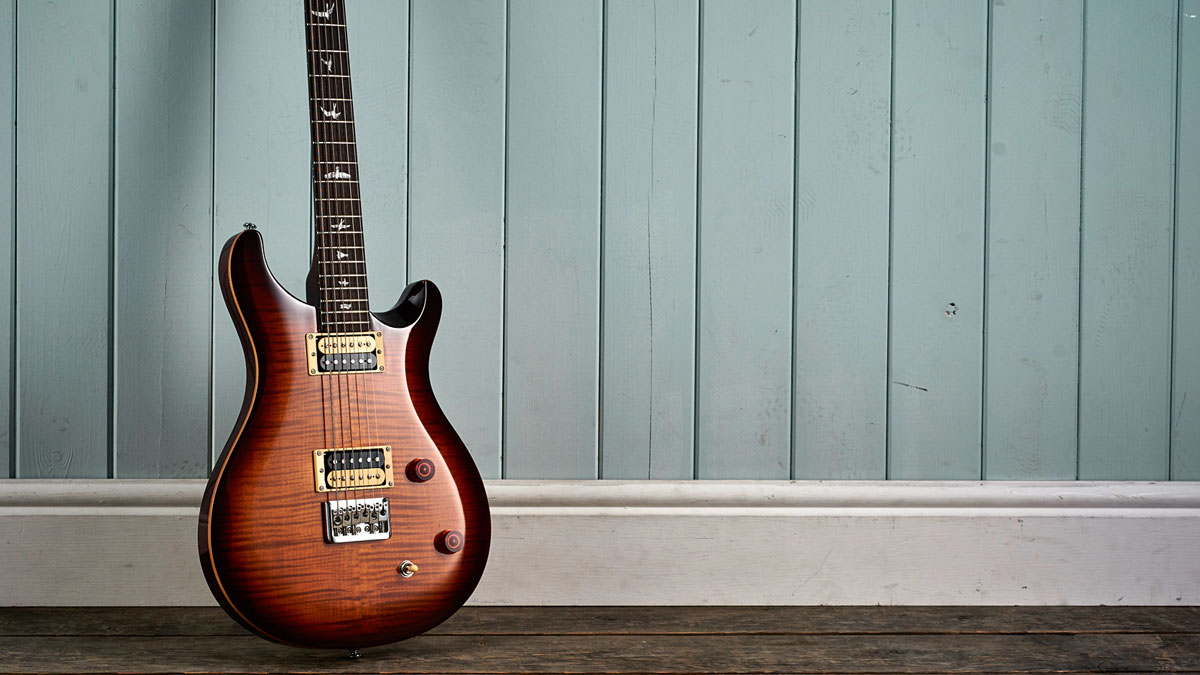
Yet flip it on its head and you’ll see it’s not so clear cut. The Danelectro, for example, makes excellent use of its semi-hollow body to allow clean, open chords to ring out superbly - the best of the bunch - while you can tease some quite wonderful, mildly-driven sounds from the Gretsch’s mini-humbuckers.
Naturally, each guitar has a tendency to overpower at the low-end if you use too much drive. You’ll find yourself reaching for the volume control on the guitar more than you perhaps would otherwise, and each suffers a bit here. On every model, the ‘sweet spot’ was annoyingly tricky to find, with each offering very little gradation between zero and full.
In terms of build quality though, the SE and the ML1 stand quite comfortably ahead of the Dano and the Gretsch. This is even more remarkable when you consider the SE is almost twice the RRP of the Chapman.
Credit where it’s due, if this battle was scored pound for pound, the Chapman would have walked it quite comfortably. When you throw in the coil-splittable pickups and included gigbag - which the SE also features - you see quite a package building up.
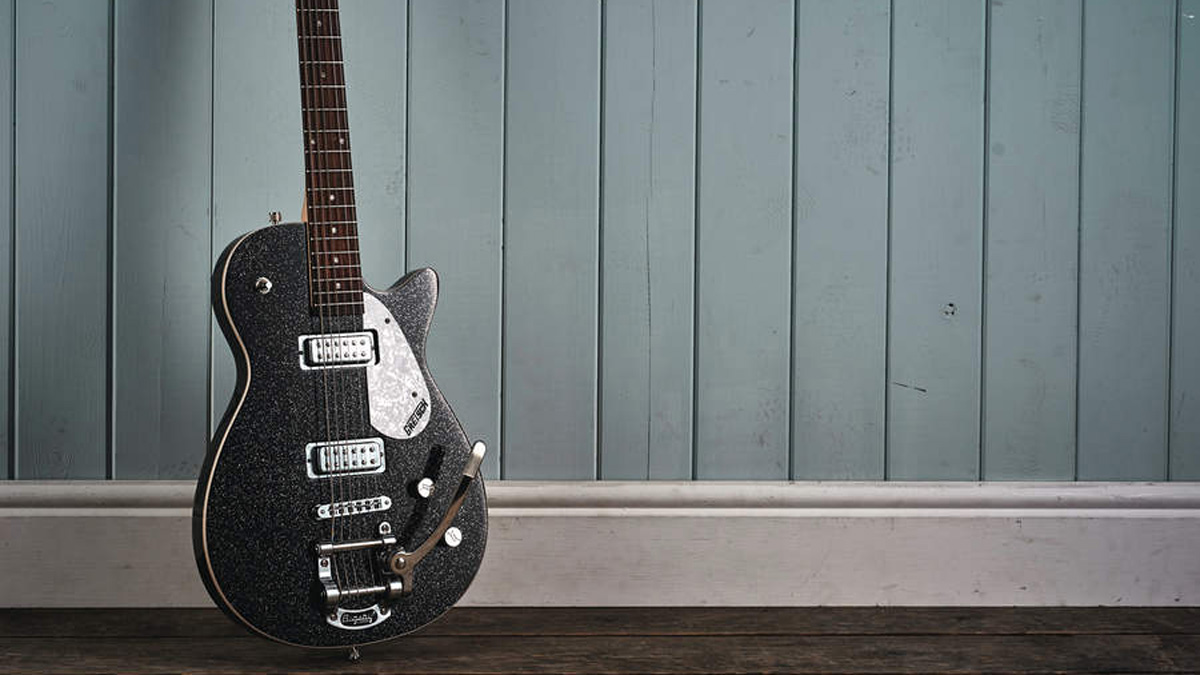
Final verdict
If you’ve never played a baritone before, you’re in for a treat.
Realistically, any of the four guitars on show today would serve as a solid gateway to the world of long-scale playing but, depending on your style, not all would keep you there.

The 23 best electric guitars: our pick of the best guitars for beginners and experts
The SE, in our opinion, is perhaps the best all-rounder on account of its tonal versatility. This gives it the edge over the Chapman, which shines as a metal guitar but is let down slightly by its ability to excel in other styles.
The SE, despite lacking a bit of personality (compared to the other models on review) has enough quality in the tank to make for a hugely rewarding, extremely playable guitar.
It’s the model that most inspired us to keep playing, writing, tinkering and experimenting - a good indicator of how much it’d be used under real-world conditions. Yes, it’s pricier, but this is a guitar you’d keep in your line-up.
In saying that, there is still a place for both the Danelectro and the Gretsch. After all, music is about enjoyment and, for all the minor snagging points, both guitars are a lot of fun to play in their own ways.
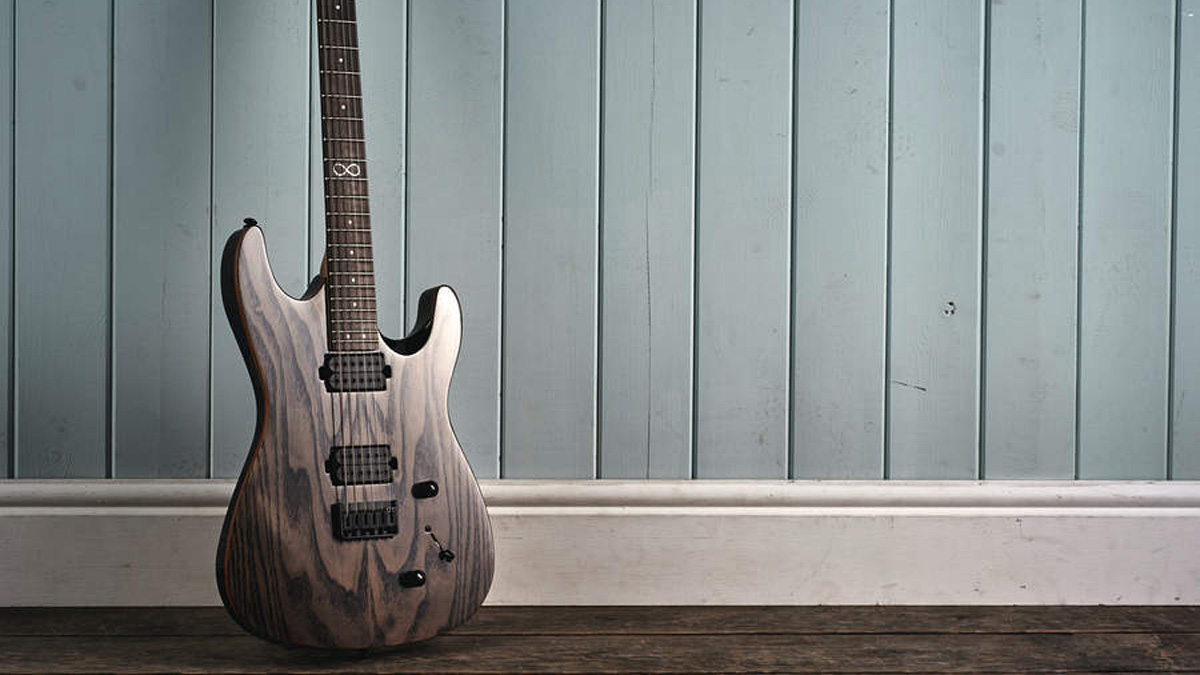
Of the two we’d be more inclined to part with our cash for the Gretsch, on account of its better build quality and inclusion of the Bigsby, yet there’s something undeniably cool about the Danelectro that we kept coming back to. However, if we’re looking for something we’d return to again and again, it’d have to be the PRS SE 277.
Best all-rounder: PRS SE 277 Baritone
5 out of 5
Best for twang: Gretsch G5265 Electromatic Jet
4 out of 5
Best for dabbling: Danelectro ’56 Baritone
3 out of 5
Best for metal: Chapman ML1 Modern Baritone
5 out of 5

Chris Corfield is a journalist with over 12 years of experience writing for some of the music world's biggest brands including Orange Amplification, MusicRadar, Guitar World, Total Guitar and Dawsons Music. Chris loves getting nerdy about everything from guitar and bass gear, to synths, microphones, DJ gear and music production hardware.
“Its mission is simple: unleash the power of any amplifier or line-level source without compromise”: Two Notes promises a “watershed” in tube amp control with the Torpedo Reload II
MusicRadar deals of the week: Enjoy a mind-blowing $600 off a full-fat Gibson Les Paul, £500 off Kirk Hammett's Epiphone Greeny, and so much more
“Its mission is simple: unleash the power of any amplifier or line-level source without compromise”: Two Notes promises a “watershed” in tube amp control with the Torpedo Reload II
MusicRadar deals of the week: Enjoy a mind-blowing $600 off a full-fat Gibson Les Paul, £500 off Kirk Hammett's Epiphone Greeny, and so much more











